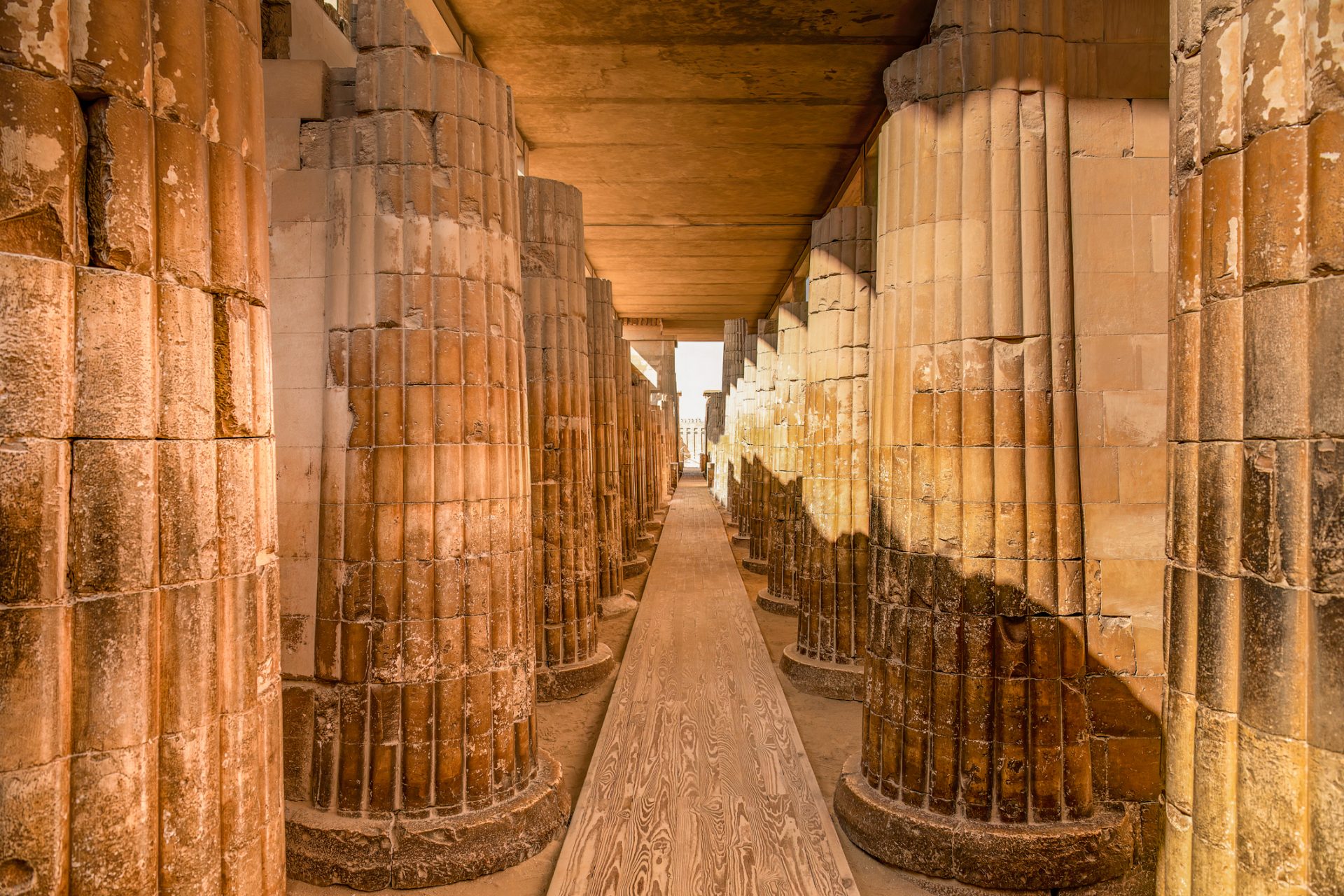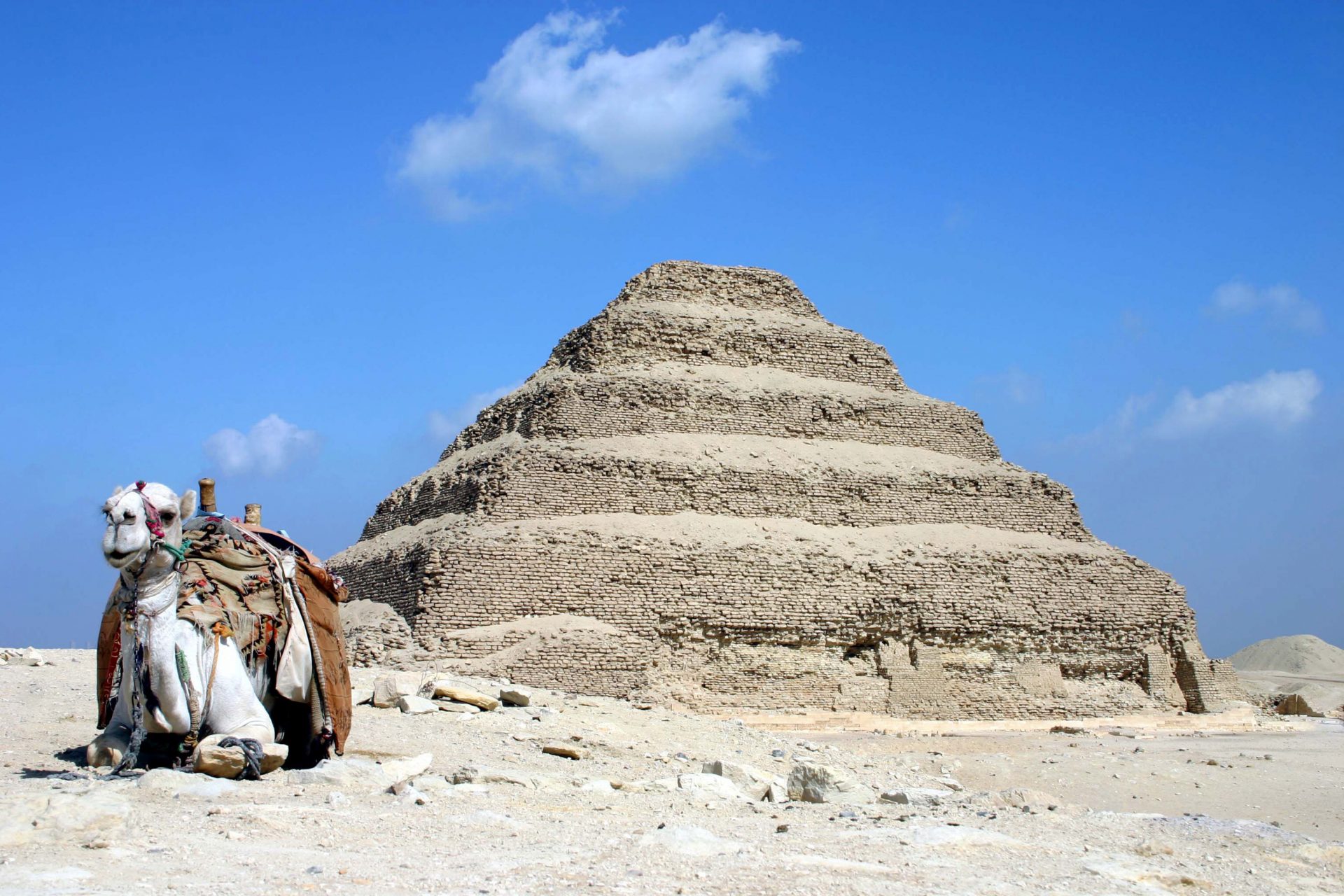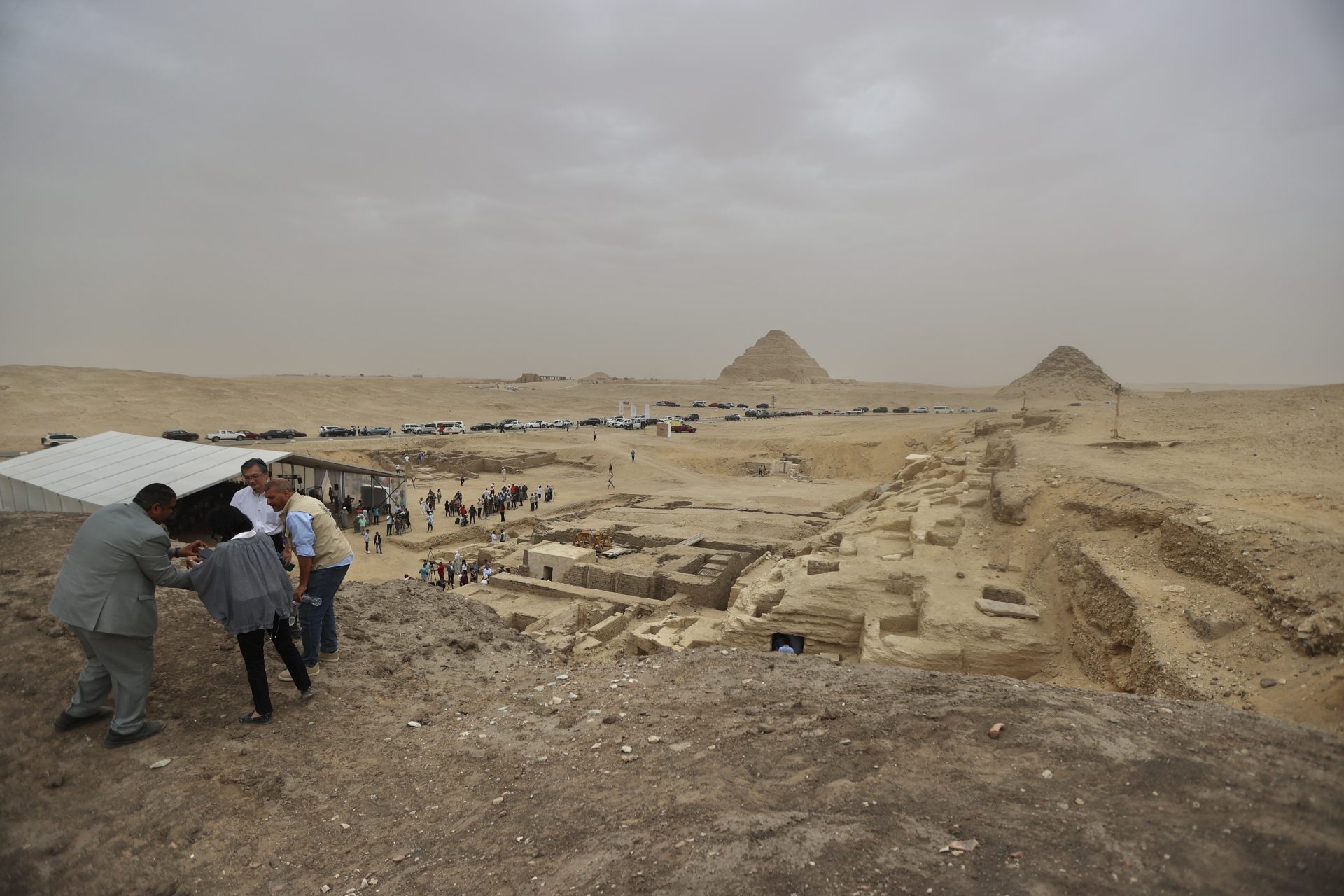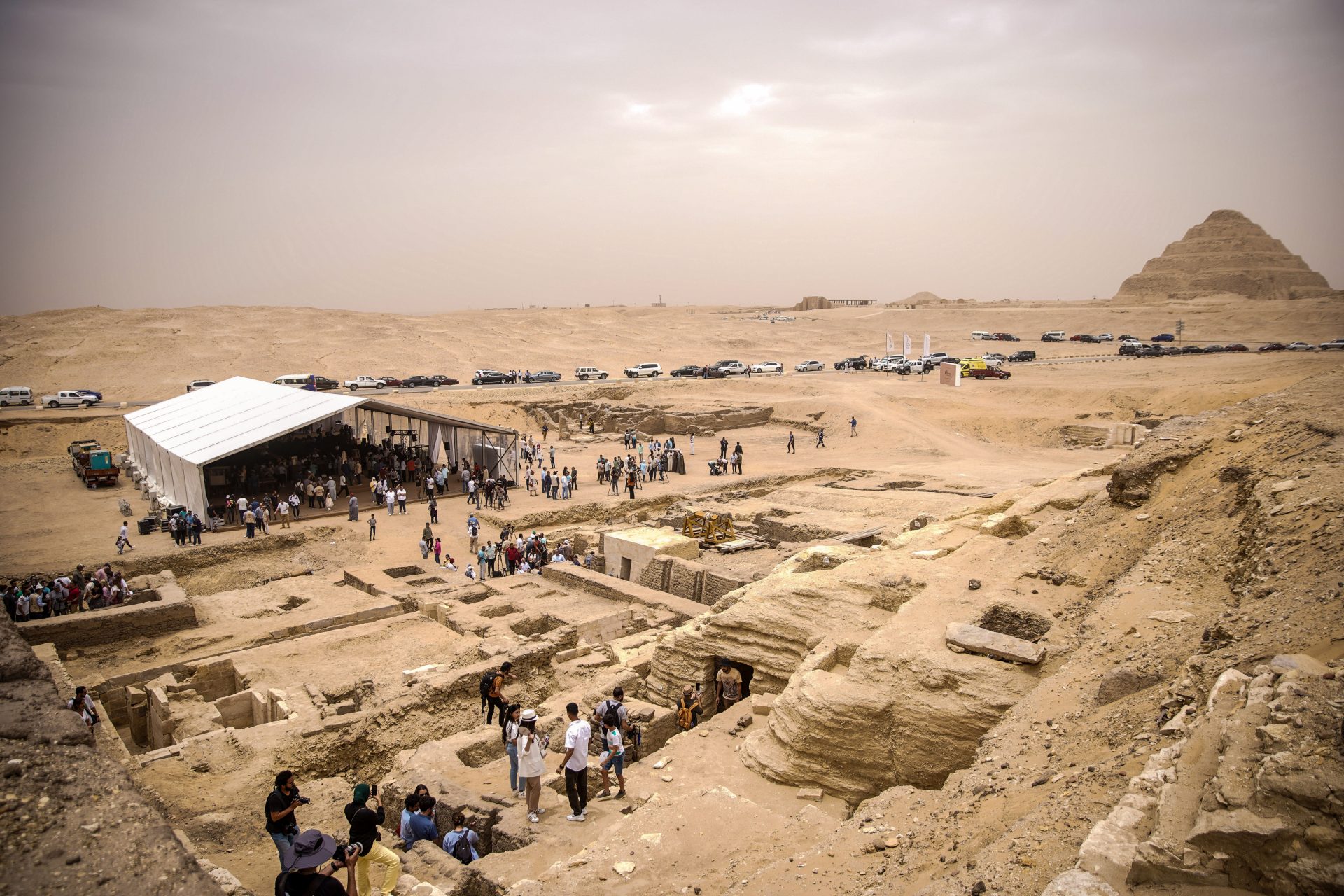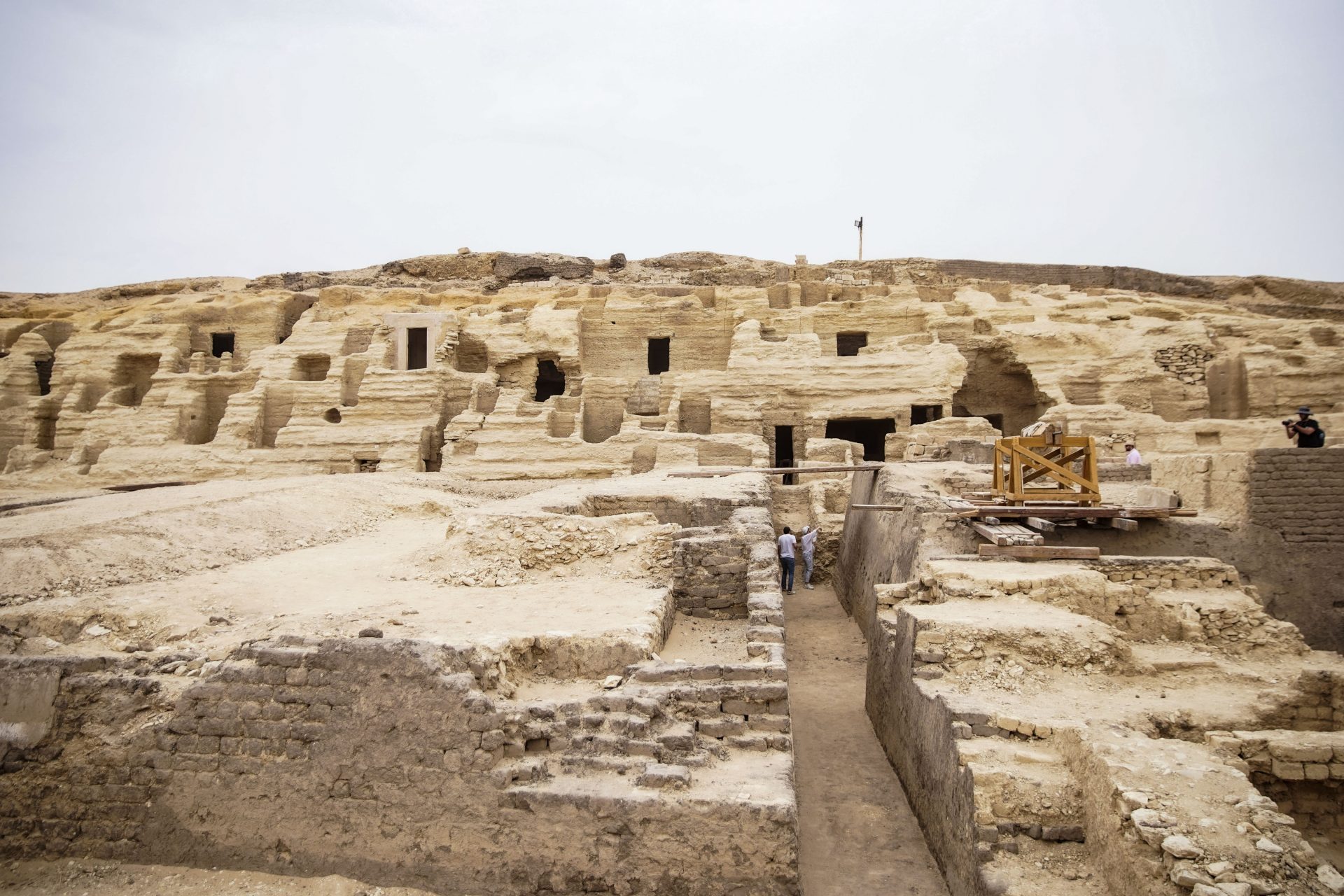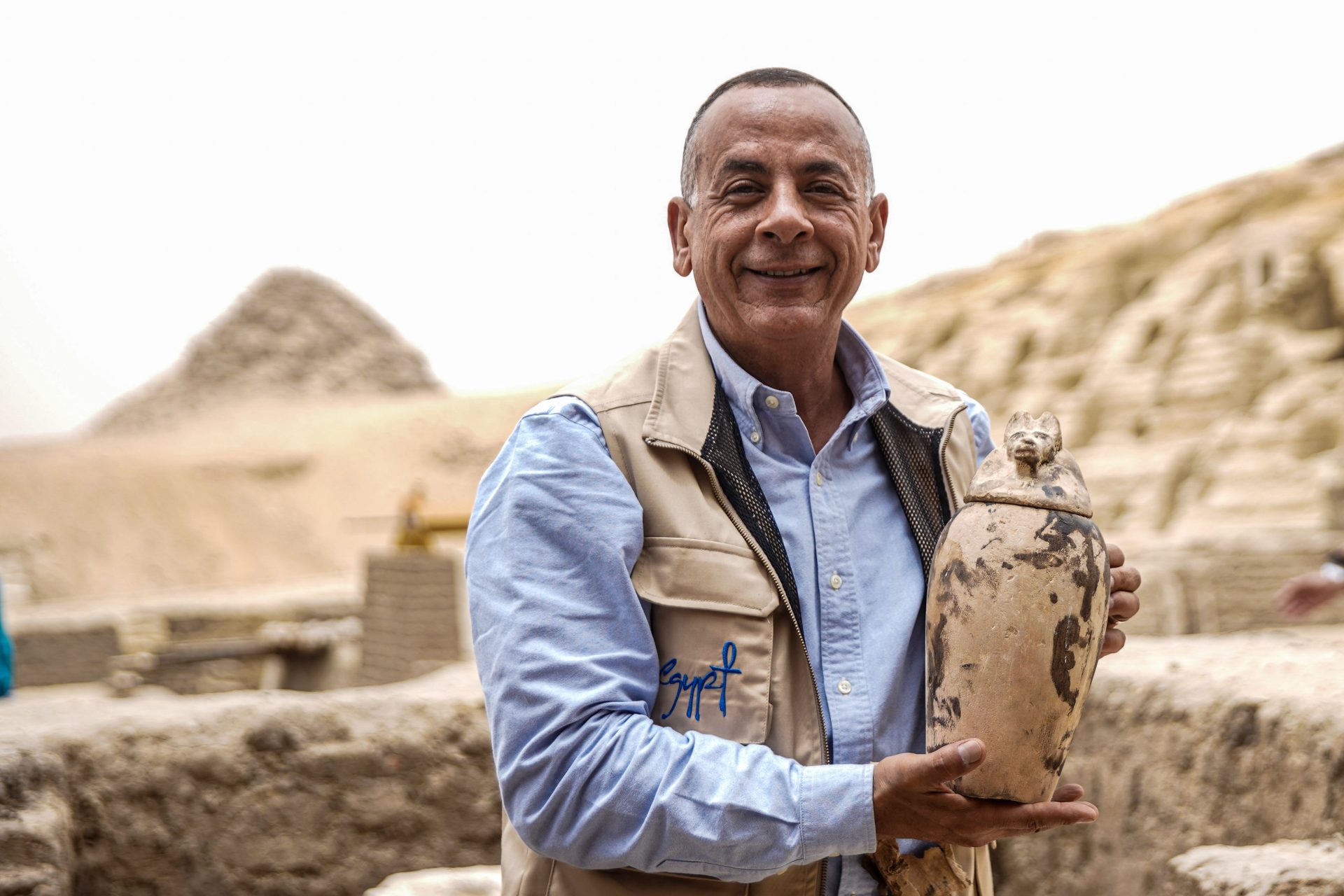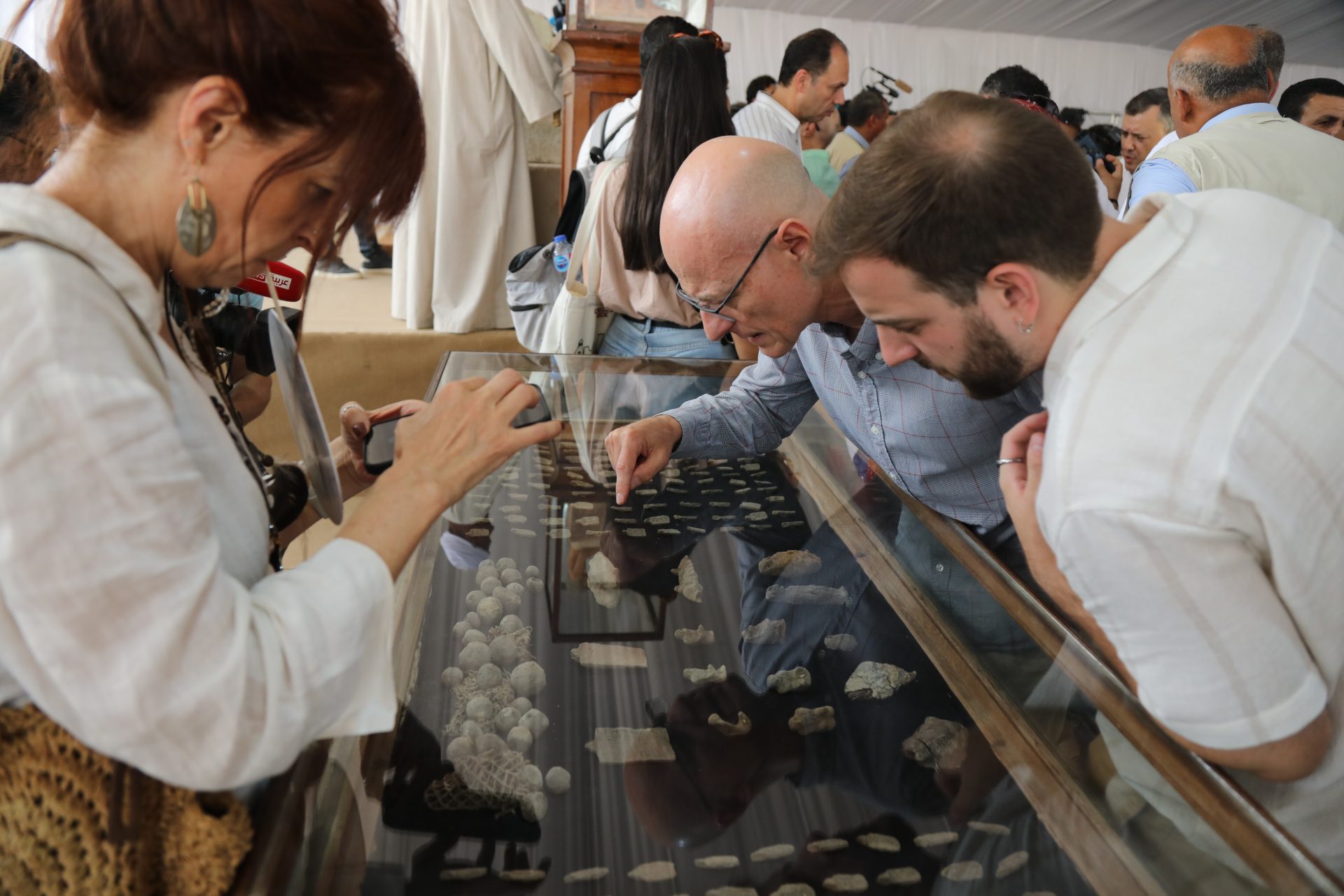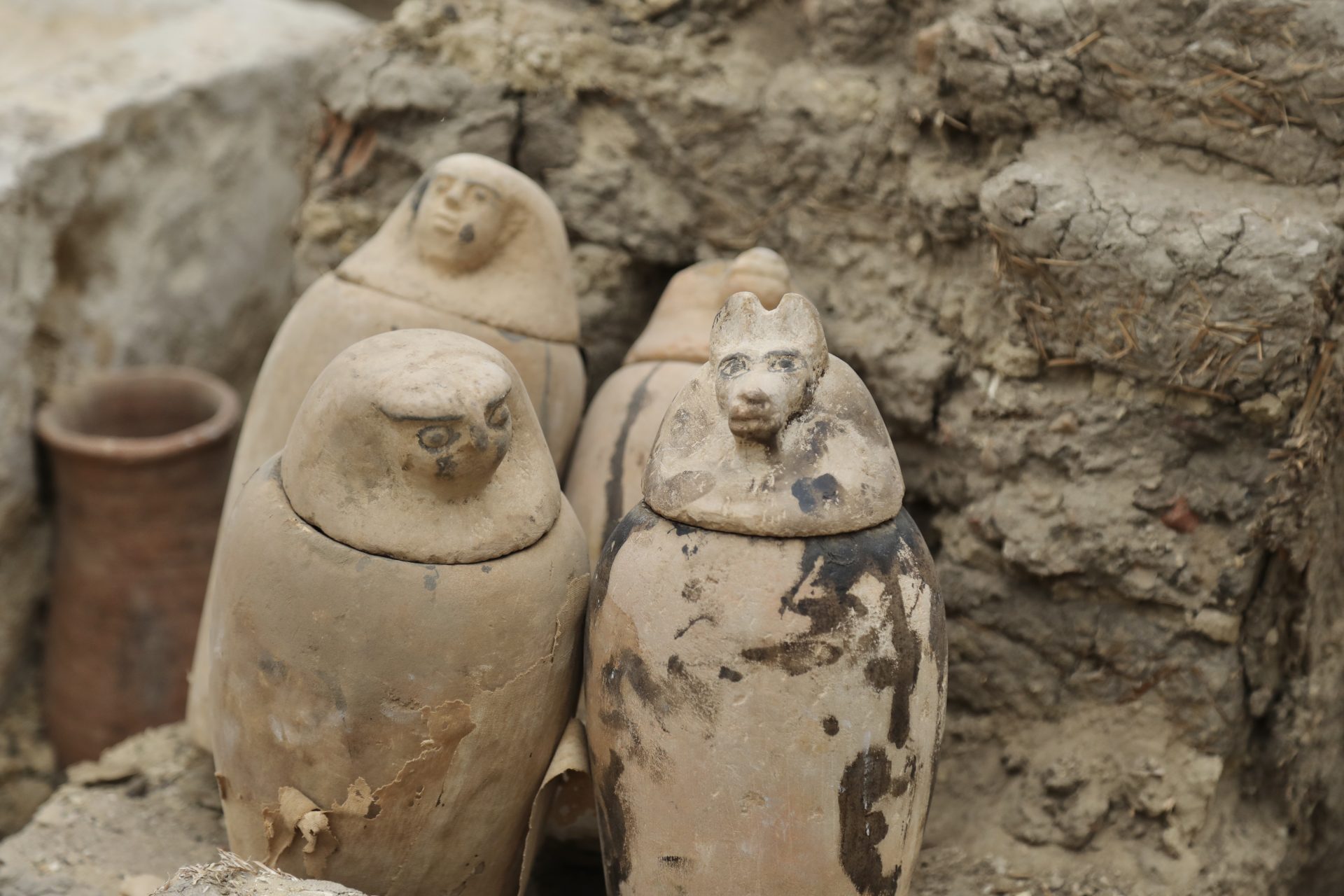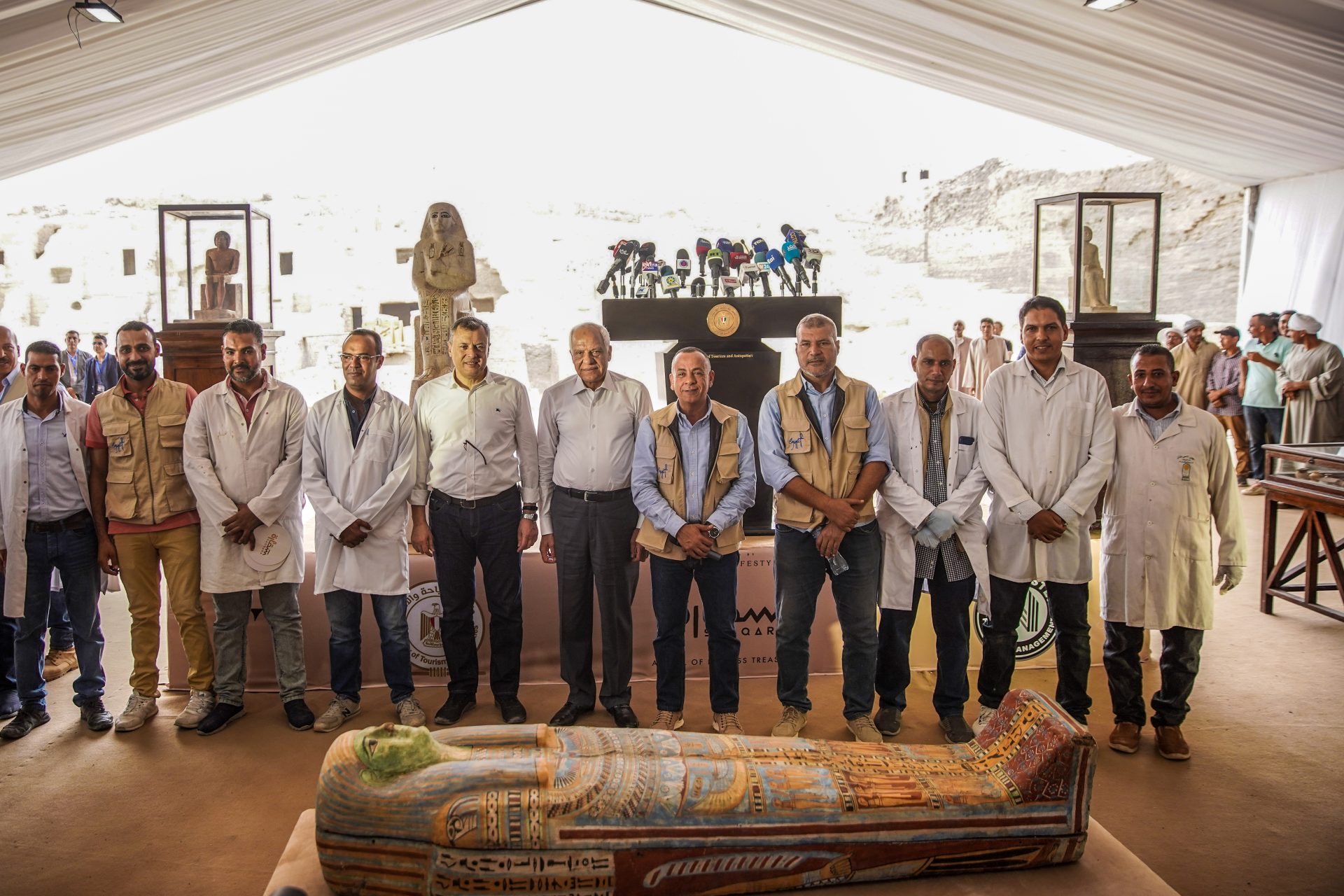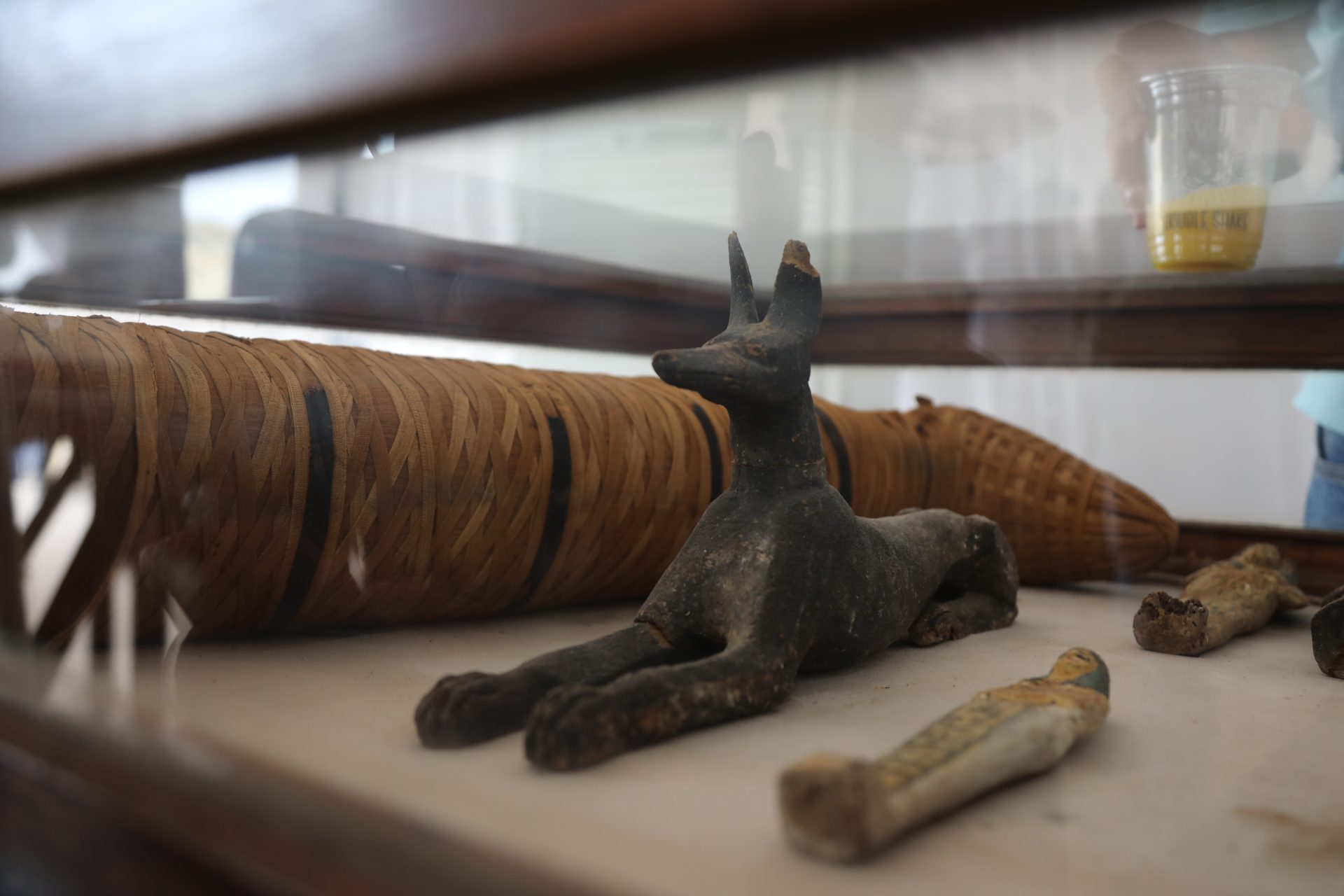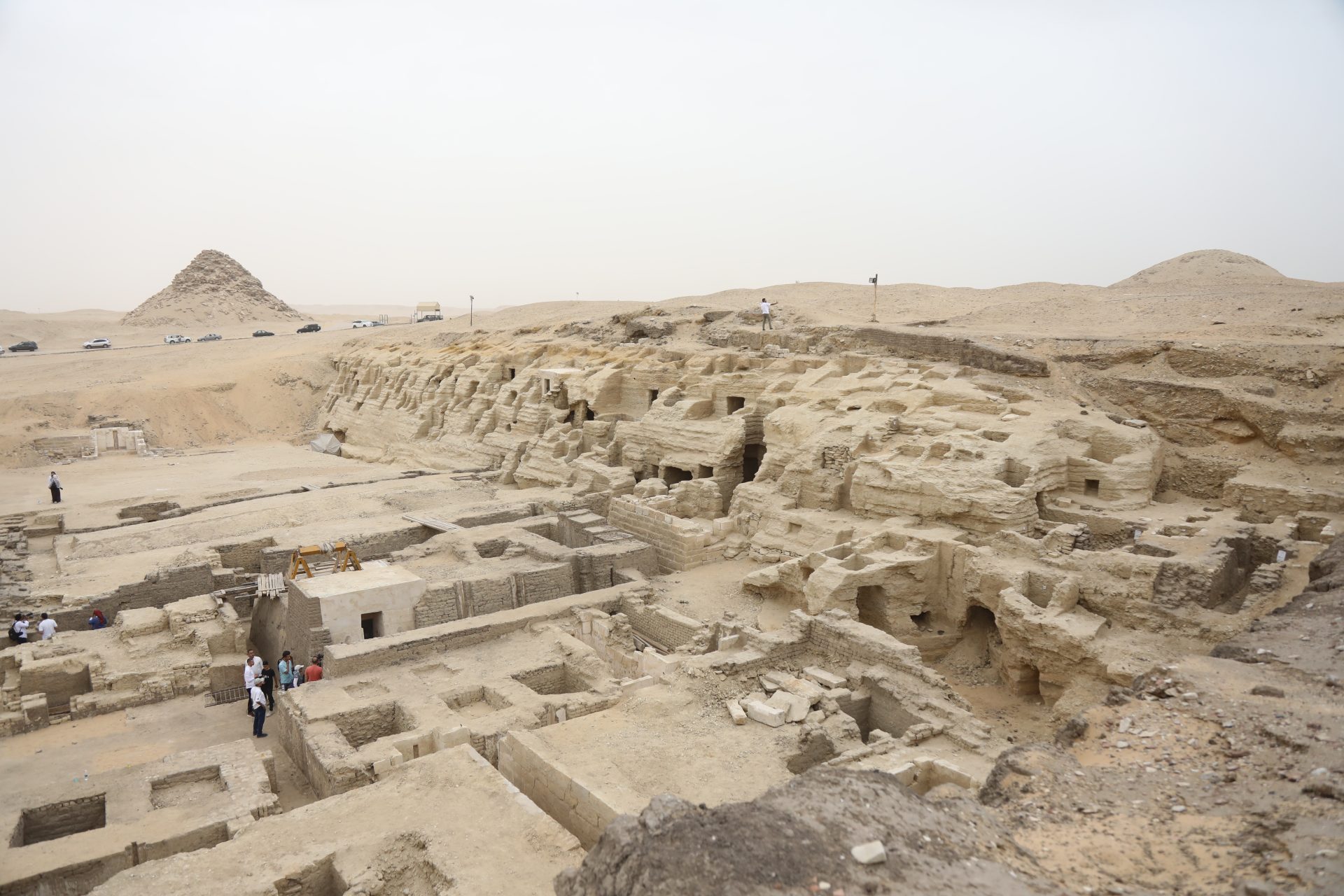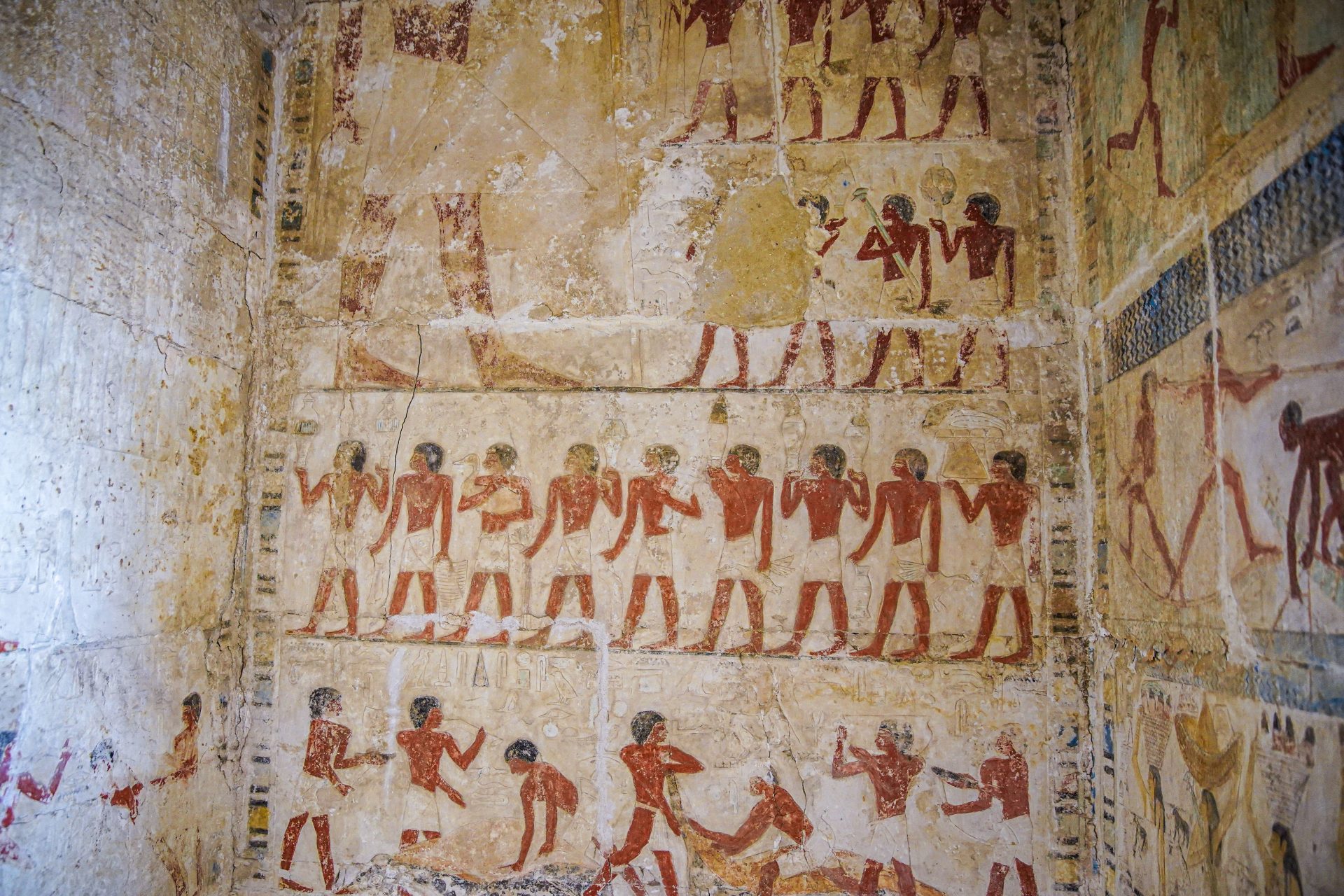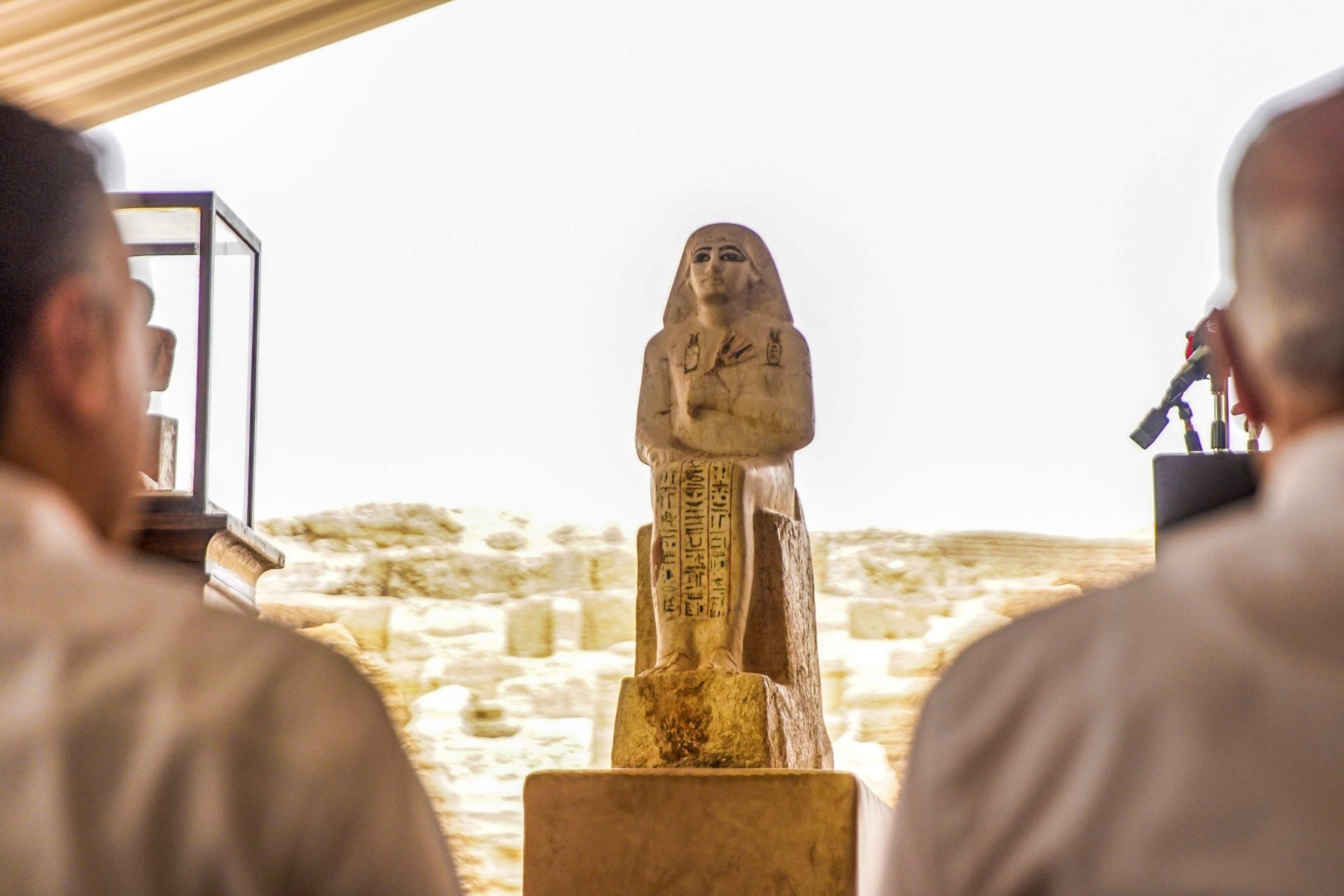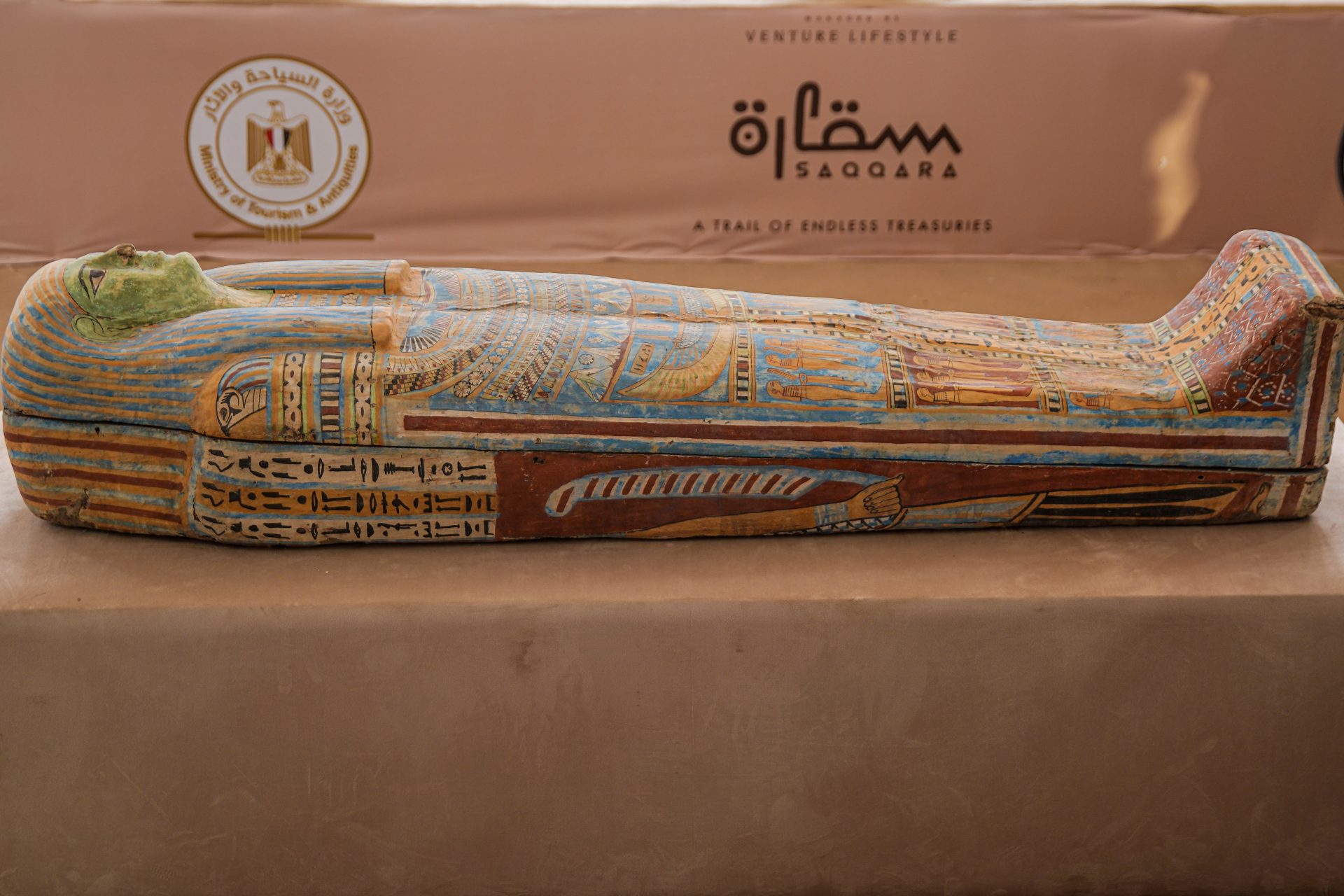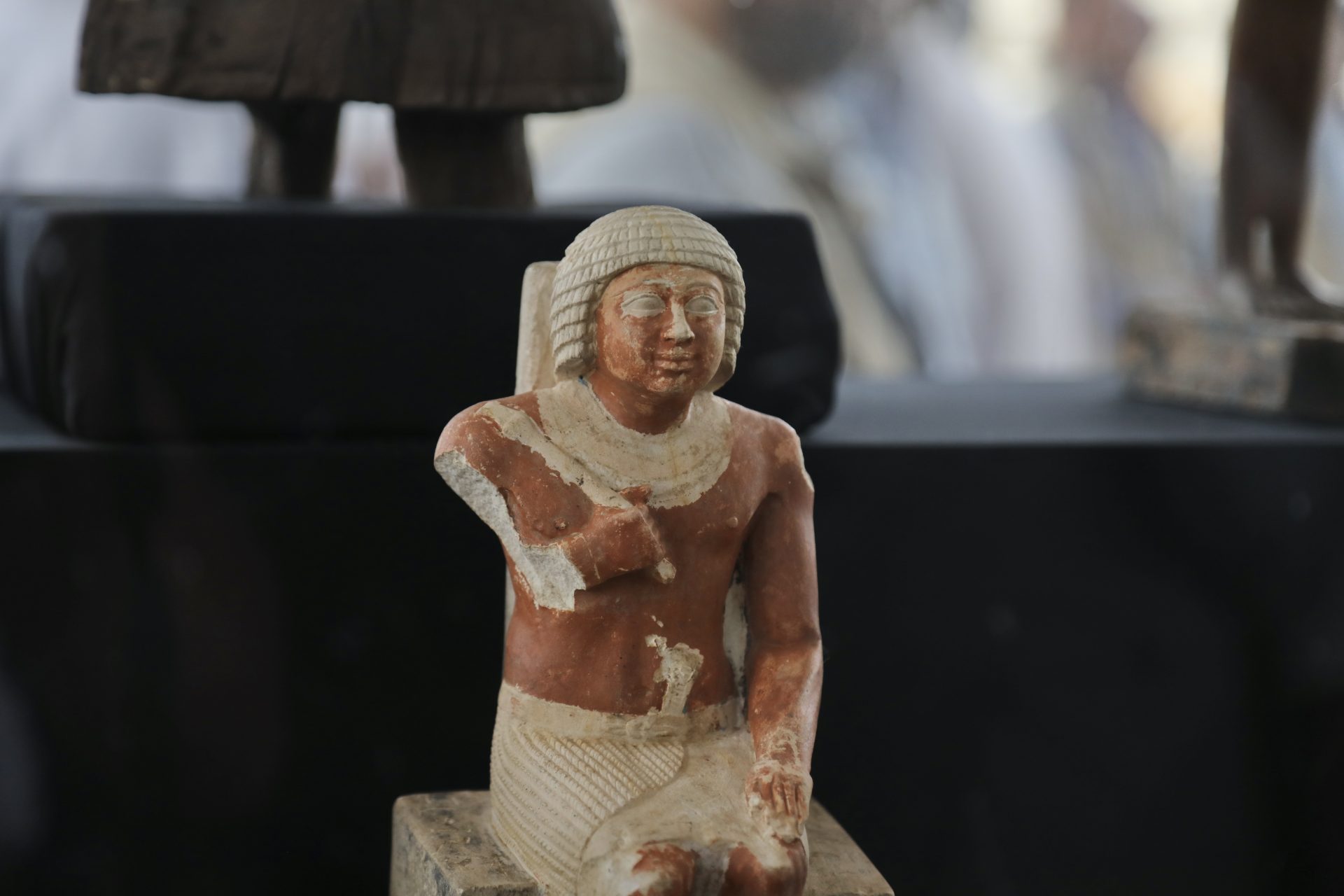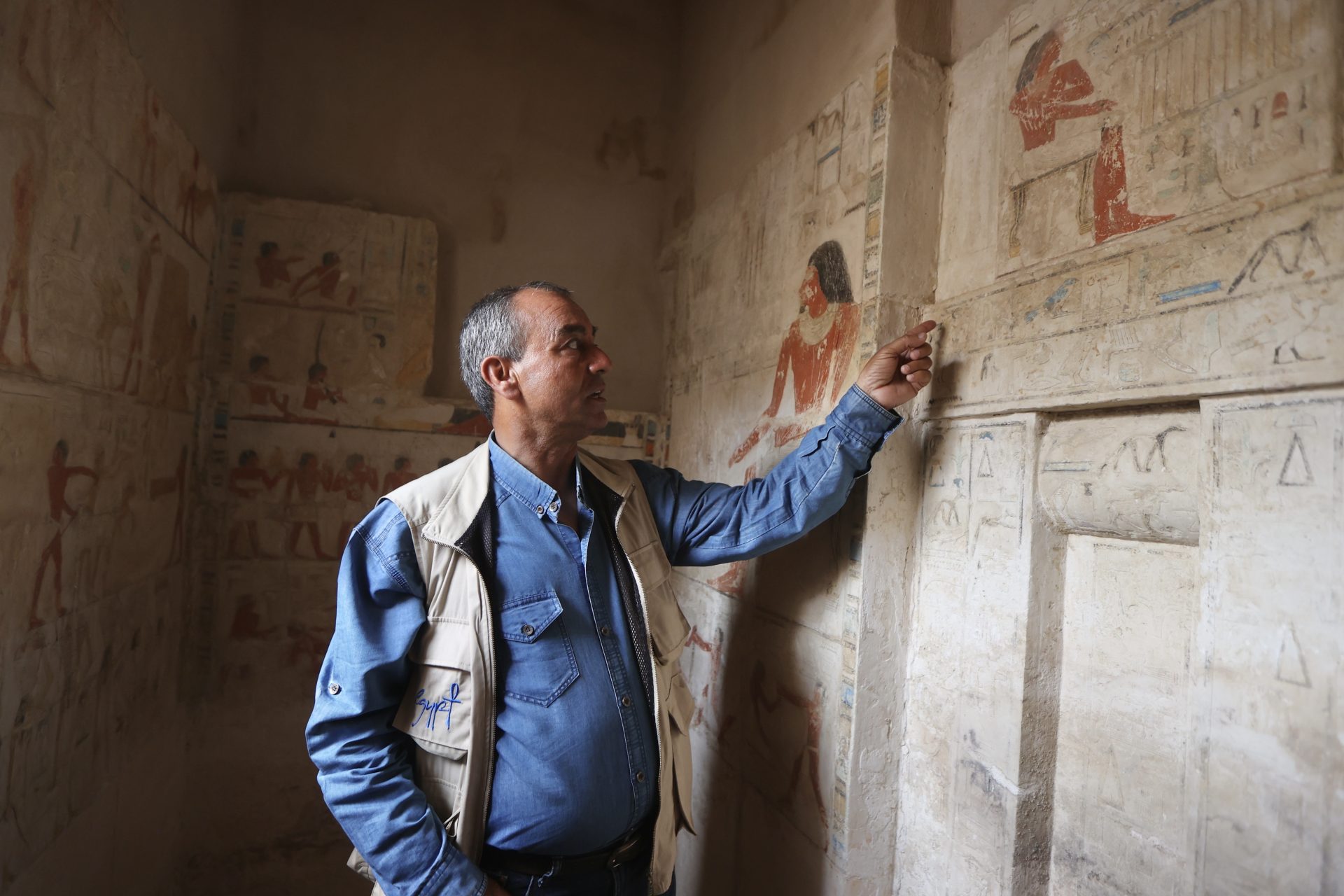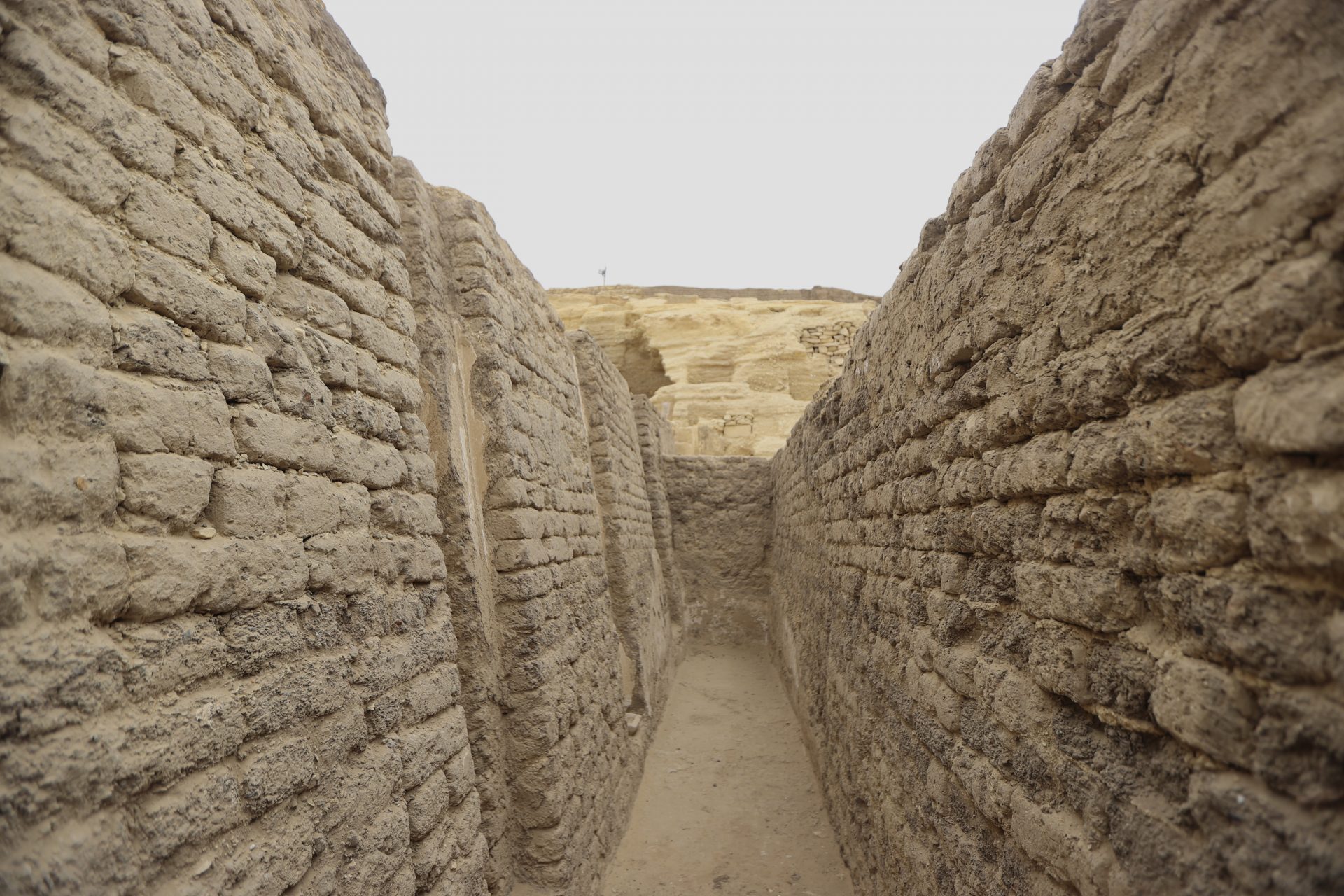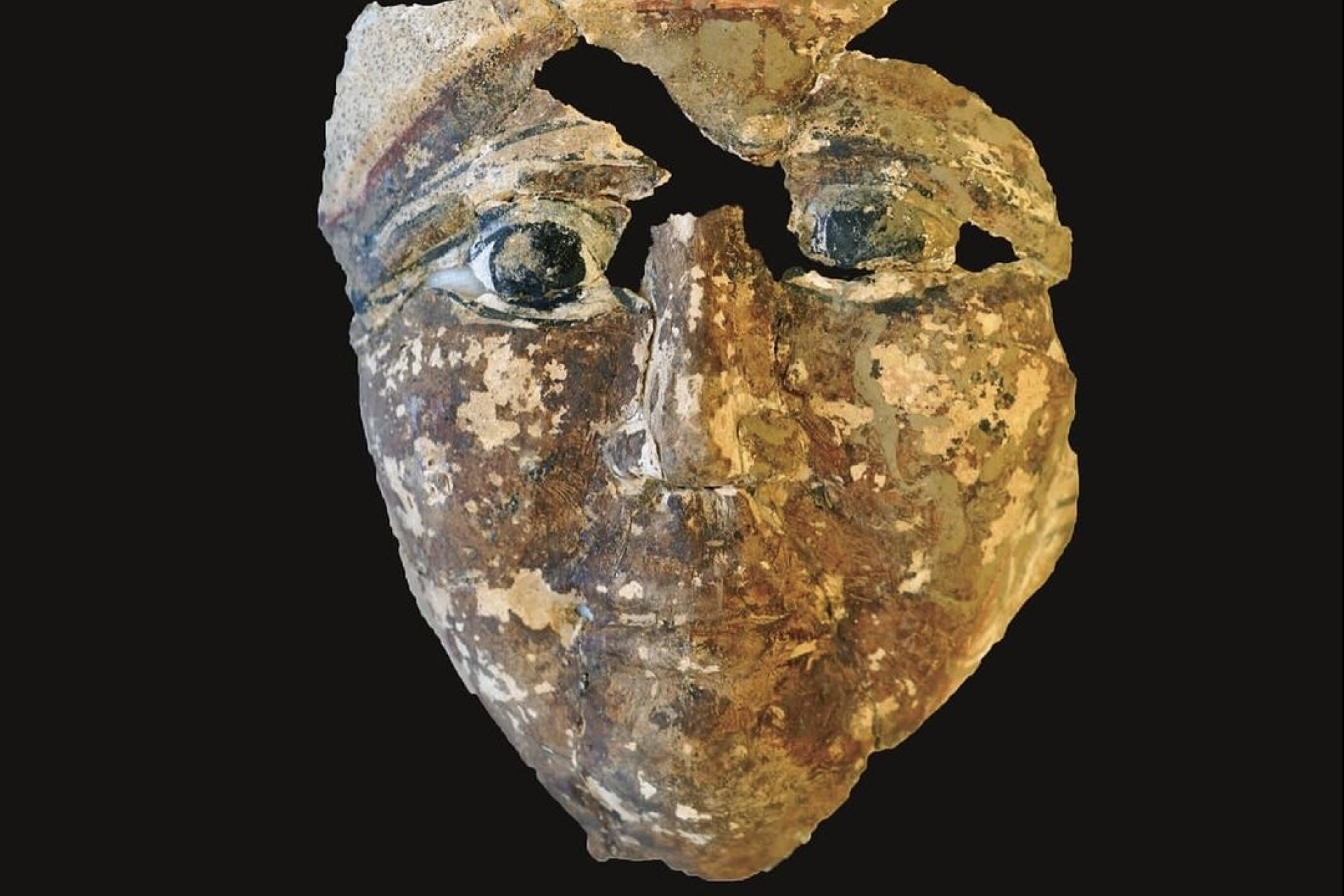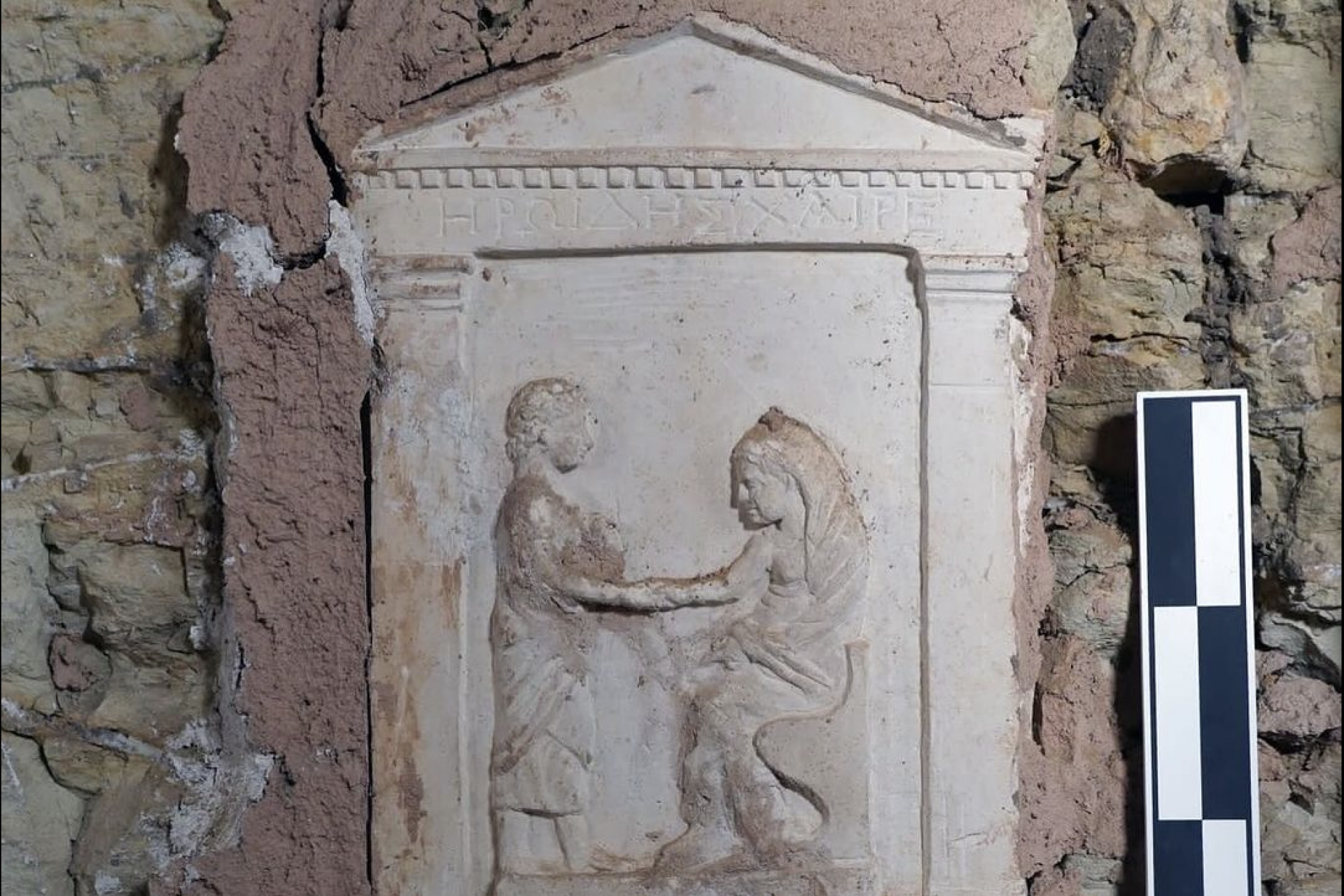The Secrets of Saqqara: unearthing mummy workshops and ancient tombs
Saqqara is one of the most impressive archeological sites in Egypt and seems to be the gift that keeps giving. Not only is Saqqara home to the oldest known building complex in the world but it’s also home to a host of ancient secrets.
Located roughly twenty miles south of Cairo, Saqqara “is marked by crumbling pyramids that emerge from the sand like dragon's teeth” according to Smithsonian Magazine. But one stands above the rest: the Step Pyramid of Djoser.
Photo Credit: Wiki Commons By Charles J. Sharp - Own work, CC BY-SA 3.0
New archaeological discoveries are constantly being made at Saqqara that advance our knowledge of ancient Egyptian society, but some of the things that have been unearthed at the site have proven to be extremely impressive as well.
One of the most profound discoveries at Saqqara occurred in 2023 when archeologists found two of the largest mummification workshops ever unearthed as well as two tombs that housed a whole host of exciting ancient artifacts.
The workshops were distinct in that they were not only the largest examples ever unearthed but also because one was intended for humans and the other for animals according to the Secretary-General of Egypt’s Supreme Council of Antiquities.
“Today, we announce the discovery of the two biggest mummification workshops for humans and animals at the Saqqara Necropoli,” Mostafa Waziri explained to journalists about the discovery according to a CNN report at the time.
The workshops include the stone beds that mummified bodies were washed on as well as several other artifacts. Archaeologists found embalming tools used to dissect bodies and the canopic jars that stored a mummy's internal organs.
Clay pots were discovered in the animal workshop as well as five stone beds that were different from the beds discovered in the human workshop, which is why archaeologists came to believe it was intended for animal mummification.
Archeologists believe that the workshops dated back over 2,300 years to Egypt’s 30th Dynasty between 380 BC and 30 BC. During this time, Egypt was ruled by Macedonian Greek Pharaohs of the Ptolemaic Dynasty.
Live Science noted in its report on the discovery that animals like cats, dogs, and even birds were associated with Egyptian deities and were often sacrificed and mummified as part of Egyptian religious rituals and burial ceremonies.
Egyptology professor Salima Ikram of the American University in Cairo called the finds “very exciting” and said that they would “help us to better understand the different steps of the mummification process, the materials and tools used.”
However, the two workshops were arguably the least impressive finds made at Saqqara in 2023 since two ancient tombs were also unearthed, each of which had its own interesting tale to tell about the person inside them.
One tomb dated back over 4,400 years and belonged to a man who held several titles, including “director of the scribes” according to Live Science’s translation of a statement by the Egyptian Ministry of Tourism and Antiquities.
Ne Hesut Ba was the owner of the tomb according to CNN and he was a priest of the Egyptian Goddess Maat as well as the official who oversaw the digging of canals for irrigation. Mostafa Waziri called the discovery “important.”
The second tomb only dated back 3,400 years and was built for a Qadish priest named Men Kheber Ra. Live Science noted that it was unclear if any remains had been found in the tombs at the time their discovery was revealed.
“I assure you that Egypt, especially the archaeological site of Saqqara, has not yet revealed all its secrets and there are many more to come,” the Egyptian Minister of Tourism and Antiquities Ahmed Issa during a press conference about the find.
Issa would turn out to be right. Since the workshops and tombs were unveiled to the world in May 2023, several other very important discoveries have been made at the Necropolis in Saqqara, including a lavish 4,000-year-old tomb in January 2024.
The tomb was discovered by Egyptian and Japanese archaeologists and among the stunning artifacts found were terracotta statues depicting the Egyptian Goddess Isis and a vibrantly colored face mask according to Arkeonews.
Photo Credit: Instagram @ministry_tourism_antiquities
Nozomu Kawai is the leader of the Japanese team and he said that the discovery would provide “invaluable insights into the history of this region” and added: “We hope to uncover more secrets of the Saqqara archaeological site in the upcoming seasons, further enriching our understanding of this historically significant area.”
Photo Credit: Instagram @ministry_tourism_antiquities
More for you
Top Stories



